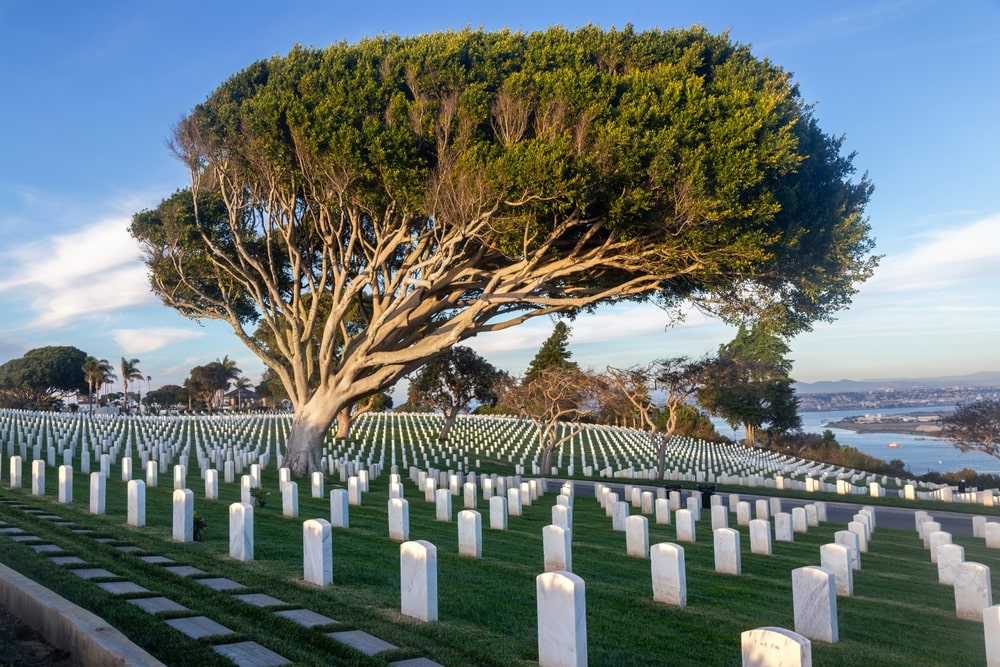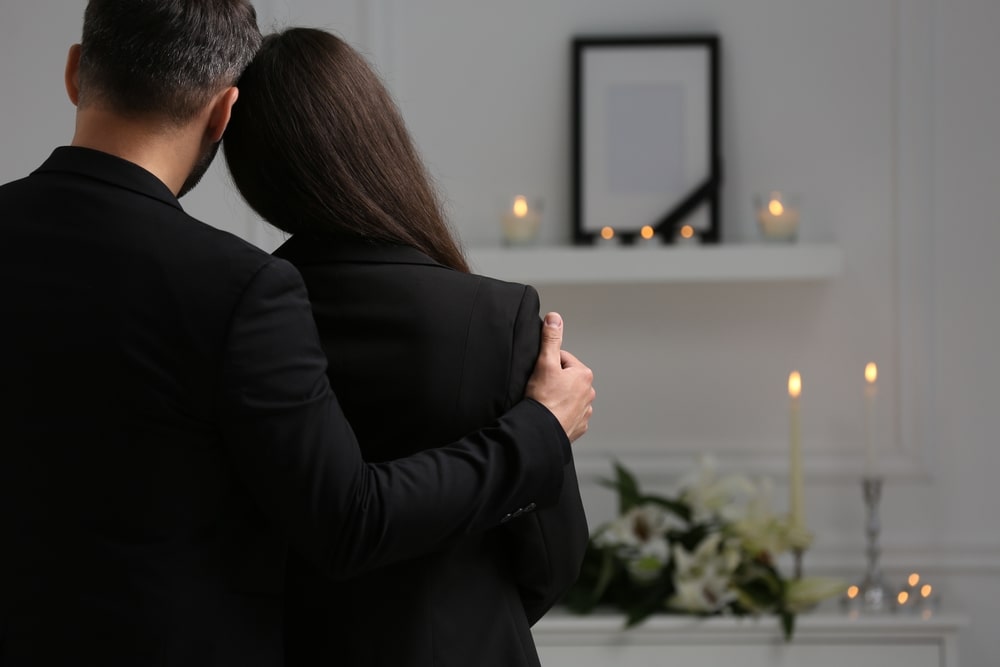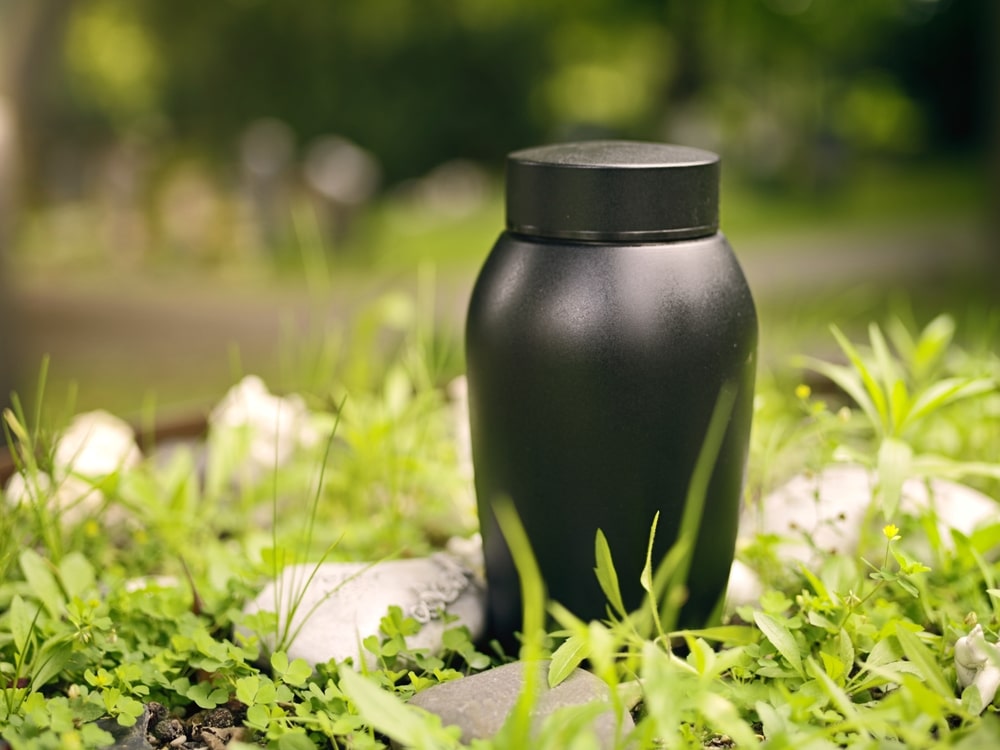Burial traditions across many cultures have one thing in common—a permanent resting place is essential for honoring and remembering loved ones. But you have many options when choosing a permanent resting place, like ground burial, interment in a crypt, natural burial, or burial at sea.
With all those options come many questions. As you consider burial options for yourself or a loved one, choosing what’s right for you and your family is most important. To give you a better understanding of your burial options, here are some answers to common questions about burial!
What Does a Traditional Burial Entail?

When you choose traditional burial services from a funeral home, you can expect a package that covers all aspects of the funeral and burial. This includes fees for the funeral director and staff, transportation of the body, embalming, burial containers (such as a casket and vault), facilities for visitation or viewing, arrangements for memorial or funeral services, graveside services, opening-and-closing costs (such as gravesite preparation, back-filling, and landscaping), and the hearse and other necessary vehicles.
While some traditional burial packages may include cemetery options, some cemeteries require additional expenses for preparations. These may include a cemetery lot or crypt, perpetual care of the gravesite, a grave liner, or the grave marker, monument, or headstone (which could include installation fees).
What Are My Burial Options?
Choices for burial options can vary greatly, depending on your preferences and budget. Cemeteries may provide most or all of these property options for selection and purchase:
- Single burial space – used for the burial of one person or cremated remains
- Double-depth space – used for two individual persons, one buried at a deeper depth and the other buried at a normal depth on top of the first
- Family lot – a designated area used for multiple family members
- Mausoleum – a public or private building for above-ground placement of caskets within crypt spaces.
- Private mausoleum – a building, typically an adorned stand-alone building, that houses the remains of family members and creates a space for private visitation
- Community mausoleums – a community, usually climate-controlled building, where families can select the location and level of the crypt and personalize crypt plates and crypt markers
As you consider the options available, think about what will work for you and your family. Would your family rather have one shared, private space for everyone? Or are you all fine with a public area? Talk to your family about these options as you make your decisions.
What Should I Ask Before I Buy Cemetery Property?

Before purchasing cemetery property, research your area cemeteries to determine which options best fit your needs. There are four types of cemeteries:
- Private cemetery – private property designated as a cemetery where burial spaces are not sold to the public and burials are restricted to members of a family or friends of the family.
- Public cemetery – a privately-owned or municipal cemetery property where burial spaces and lots are sold to the public.
- National or state cemetery – a government-owned cemetery in which eligible veterans, their spouses, and dependents may be buried at little or no cost to the family. If you are a veteran, learn more about veterans’ burial benefits here.
- Natural or green cemetery – a cemetery that requires a biodegradable casket or urn and places limitations on embalming.
Each kind of cemetery has its own benefits and drawbacks. Many cemeteries require fees to maintain the grounds, monuments, headstones, or markers. These may be included in the property value, so be sure to inquire whether or not perpetual care is included or if there are separate fees for upkeep. You may also request information about any rules or regulations the cemetery might enforce. Many cemeteries have rules about the types of monuments or markers permitted, seasonal decorations, grave candles, and flower placement.
Who Should I Speak to About Cemetery Needs?
Funeral homes are a great starting place for figuring out your cemetery needs. But while some funeral homes have their own cemetery, many do not. If the funeral home you are working with isn’t associated with a cemetery, they can help you find a local cemetery that fits your needs. In general, though, cemetery needs should be taken care of at the cemetery itself. Once you’ve chosen a cemetery, talk to them to find out more about the options they offer.
But how do you know if you should talk to the funeral home or the cemetery about your questions? Here’s a quick breakdown! For questions about caskets and grave liners or burial vaults, speak to the funeral home. For questions about a plot, opening and closing of the grave, or setting a monument, speak with the cemetery.
What Are My Casket Options?

Caskets come in many different materials and a variety of price points. The selection of a casket is solely up to you and your family. Is there a particular type of casket that might be meaningful to your family? Modern caskets are typically made of wood or metal, lined inside with different fabrics. Most caskets are either half-couch or full-couch caskets. Typically, the cost depends on the materials used for construction. Some caskets (typically made of metal) withstand outside elements. Other caskets, such as those used in green burials (made of hemp, wicker, and other biodegradable materials), encourage the process of decomposition. No matter what type of casket you choose, you can personalize the casket by adding photos or special items.
What is an Outer Burial Container?
Most cemeteries require an outer burial container to prevent uneven landscapes and avoid sinking ground. Most outer burial containers, or burial vaults, are constructed from concrete and metal. At burial, these containers are placed around the casket in the ground. The costs of outer burial containers vary depending on the type of material. When you look for a cemetery, you can ask whether or not they require an outer burial container.
What is Natural Burial?

Natural burial, or green burial, is a burial with minimal environmental impact. Natural burials are becoming more prevalent and are a great option for those who want to be conscious of the environment. Green burials may include a nontoxic, biodegradable casket, urn, or a burial shroud. There is usually no embalming, or if embalming must occur, eco-friendly embalming fluid can be used. A green burial usually takes place in a dedicated green cemetery or natural preserve.
Please note that green burial grounds are not available everywhere. Check the Green Burial Council’s website for a listing of certified green burial providers. If you want a natural burial, you may still have the option in a conventional cemetery. A more natural burial can also occur by using a wood or biodegradable casket. If the cemetery requires a vault or grave liner, you can turn it upside down without a lid to allow the casket to degrade naturally.
What If Traditional Burial Isn’t Right for Me?

There are plenty of alternatives to traditional burial! The most common alternative to burial is cremation. Some people choose to donate their bodies to medical science. However, this is not a true form of disposition since the body is usually cremated and returned to the family after about a year. Examples of less common forms of disposition are burial at sea or alkaline hydrolysis (water cremation or aquamation).
There are also different memorial options with cremation. You can turn hair or cremated remains into a diamond, create Parting Stones, or send remains to space. Newer, experimental developments in body disposition include cryogenic freezing, space burial, mushroom suits, plastination (preservation of body parts by replacing water and fat with plastics), and promession (freeze drying with liquid nitrogen and using vibration and dehydration to reduce the body to a dry powder).
As you make decisions about burial, please remember that each state has its own laws and may not legally recognize all forms of disposition. Check your state and local laws to ensure that the disposition method you wish to use is legal. You may also transfer a body to another location where your chosen form of disposition may be legally carried out. To learn more about all your options, talk to a trusted funeral professional. They can help you understand all of your options and make decisions that work best for you and your family.




